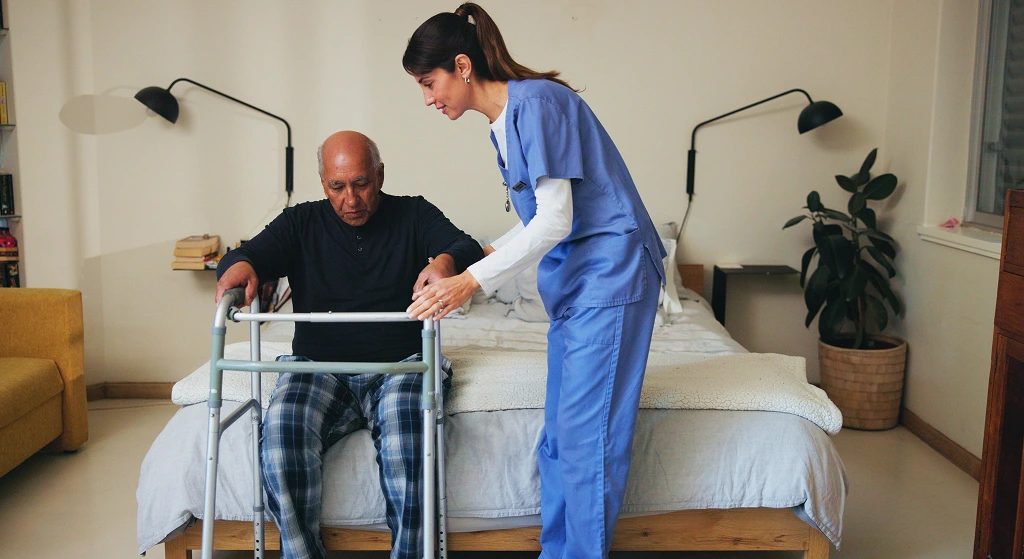The frozen shoulder, also known as adhesive capsulitis, is a condition that can cause pain, stiffness as well as a restricted movement at your shoulder joint. The condition usually progresses over time, but it gets worse over time and can take months or years to heal. Though medical intervention may be required in severe cases, a lot of people are able to manage or even heal from frozen shoulders from the comfort of their homes with a steady and structured regimen. This is a comprehensive guide on how to treat frozen shoulder effectively at home to aid you in regaining flexibility and reducing pain.
Understanding Frozen Shoulder
The typical development of frozen shoulder is at three different stages:
- Freezing Stage: The gradual development of pain and decreased motion.
- Frozen Stage: The pain may lessen; however, stiffness remains, significantly limiting mobility.
- Thawing Stage: Slow improvement in mobility, and then the return to normal functions.
The cause could be an injury, long-term immobility, stiffness after surgery, or diseases like thyroid or diabetes. Getting it addressed early with at-home care could drastically reduce the time to recover.
Effective Home Treatments for Frozen Shoulder

1. Gentle Stretching Exercises
Regular stretching is crucial for maintaining and slowly improving the shoulder’s mobility. Try low-impact stretching like:
- Pendulum Stretch: Then lean inward and allow your arms to hang, after which you can make small circular motions.
- The towel stretching: Hold a towel behind your back using your hands, and push it forward using your strong arm, stretching your shoulder.
- Finger Walk: face a wall and use your fingers to slowly “walk” your hand upward as high as comfortable.
It is important to be consistent. Stretch slowly, then keep it for between 15 and 30 seconds, repeating it three times every day.
2. Heat and Cold Therapy
- Heating Therapy: Place a warming pad or compress on the shoulder prior to exercising. It relaxes muscles and decreases stiffness. It makes it much easier to do stretches.
- Ice Therapy: Use an ice pack after activity or during flare-ups to reduce pain and inflammation.
Alternate between hot and cold depending on the symptoms you are experiencing to get the best outcomes.
3. Over-the-Counter Pain Relief
Nonsteroidal anti-inflammatory medicines (NSAIDs) like ibuprofen, naproxen are a great way to manage inflammation and pain in the initial phases. But, they should only be taken under strict supervision and should not be used as a permanent treatment.
4. Massage Therapy at Home
Massage, assisted or self-massage made with oils that are natural, can help increase circulation and decrease muscle tightness in the shoulder. The focus should be on the neck, upper back and shoulder blade regions where muscles can become tight because of a lack of mobility.
Equipment like massage balls or portable electric massagers can be employed to provide targeted relief.
5. Maintain an Active Lifestyle
Do not completely immobilise the shoulder unless it is specifically recommended by a medical professional. Keep doing light exercises to avoid further stiffness. Easy household chores and routine arm movement could contribute to the phase of melting.
6. Posture Correction
Poor posture could cause shoulder discomfort. Pay attention to the way you position your body, especially when you are at your desk or working on a smartphone. Think about using ergonomic chairs and pillows to help support your shoulder joint and spine.
Expert Care at Painflame Clinic

If home care isn’t enough, Dr. Harish Grover at Painflame Clinic provides advanced physiotherapy and personalized pain management for frozen shoulder and other musculoskeletal problems. His patient-centered approach has helped many individuals regain shoulder mobility without surgery.
Frequently Asked Questions (FAQs)
Does frozen shoulder heal fully with home-based treatment?
Indeed, in a variety of mild and moderate instances, the consistent practice of home exercise and good posture, as well as lifestyle adjustments, could lead to complete recuperation over the course of time.
What is the time it will take to heal from an injury like frozen shoulder?
It can take anything from a few weeks to three years, contingent on severity and commitment to the therapy.
Can I train if my shoulder is hurting?
Gentle and non-painful exercises are recommended. Do not engage in jerky, aggressive or violent exercises that can cause pain.
Does heat therapy help treat the frozen shoulder?
The heat therapy can reduce the stiffness temporarily, but it should be used in conjunction with exercise and stretching exercises to ensure long-term progress.





